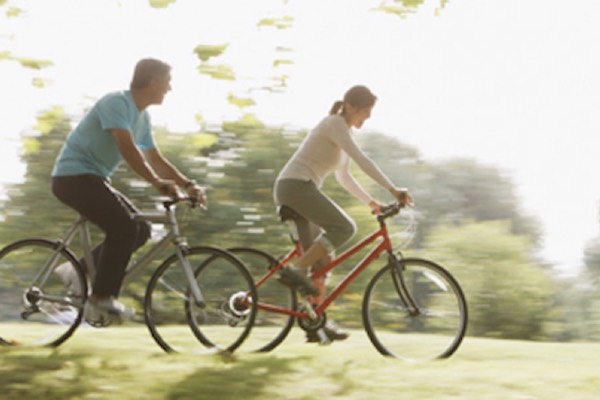As we age, our bodies undergo various changes that can have a significant impact on our quality of life. One of the most noticeable changes is the gradual decline in physical function, which can lead to a loss of mobility, independence, and overall health. However, research has shown that regular physical activity can help to slow down the aging process and improve various aspects of physical function.
The Benefits of Physical Activity

Regular physical activity has been shown to have numerous benefits for both physical and mental health. Some of the most significant benefits of physical activity include:
- Improved cardiovascular health
- Reduced risk of chronic diseases such as diabetes, heart disease, and some cancers
- Improved bone density and reduced risk of osteoporosis
- Improved muscle strength and endurance
- Improved balance and coordination
- Reduced risk of falls and injuries
- Improved cognitive function and reduced risk of dementia
- Reduced symptoms of anxiety and depression
- Improved sleep quality
The Anti-Aging Effects of Physical Activity
As we age, our bodies undergo various changes that can contribute to the aging process. These changes include a decrease in muscle mass and strength, a decrease in bone density, and a decrease in cardiovascular function. However, research has shown that regular physical activity can help to slow down these age-related changes and improve various aspects of physical function.
One of the most significant anti-aging effects of physical activity is its ability to improve muscle mass and strength. As we age, we naturally lose muscle mass and strength, which can lead to a loss of mobility and independence. However, research has shown that regular strength training can help to slow down this loss of muscle mass and strength, and even increase muscle mass and strength in some cases.
Physical activity has also been shown to have a positive effect on bone density. As we age, our bones become more fragile and are more susceptible to fractures. However, research has shown that regular weight-bearing exercise, such as walking or running, can help to improve bone density and reduce the risk of osteoporosis.
Finally, physical activity has been shown to have a positive effect on cardiovascular function. Regular aerobic exercise, such as jogging or cycling, can help to improve cardiovascular health and reduce the risk of heart disease and stroke.
Regular physical activity is essential for maintaining good health and preventing age-related declines in physical function. The benefits of physical activity are numerous and include improved cardiovascular health, reduced risk of chronic diseases, improved bone density and muscle strength, and improved cognitive function and mental health. By incorporating regular physical activity into our daily lives, we can slow down the aging process and improve our overall quality of life.

